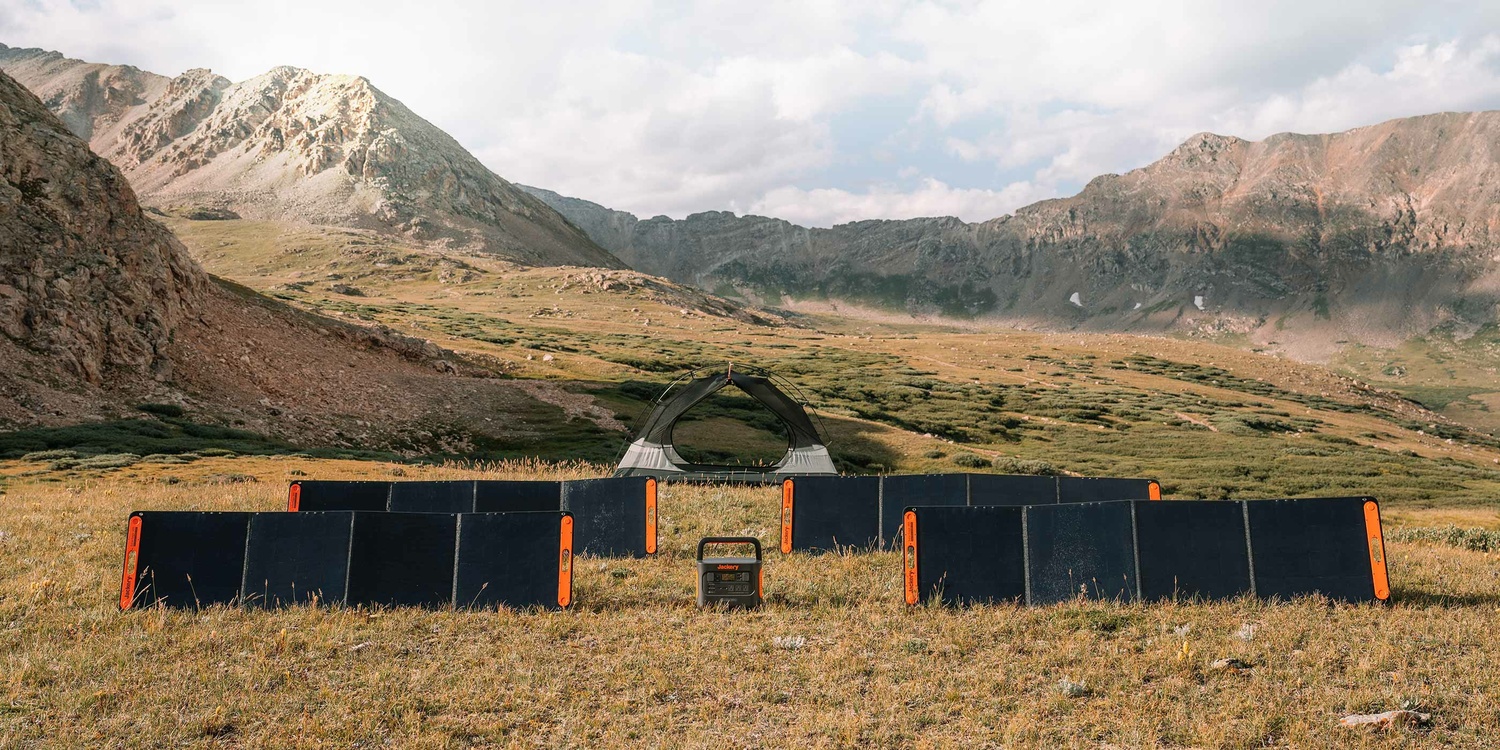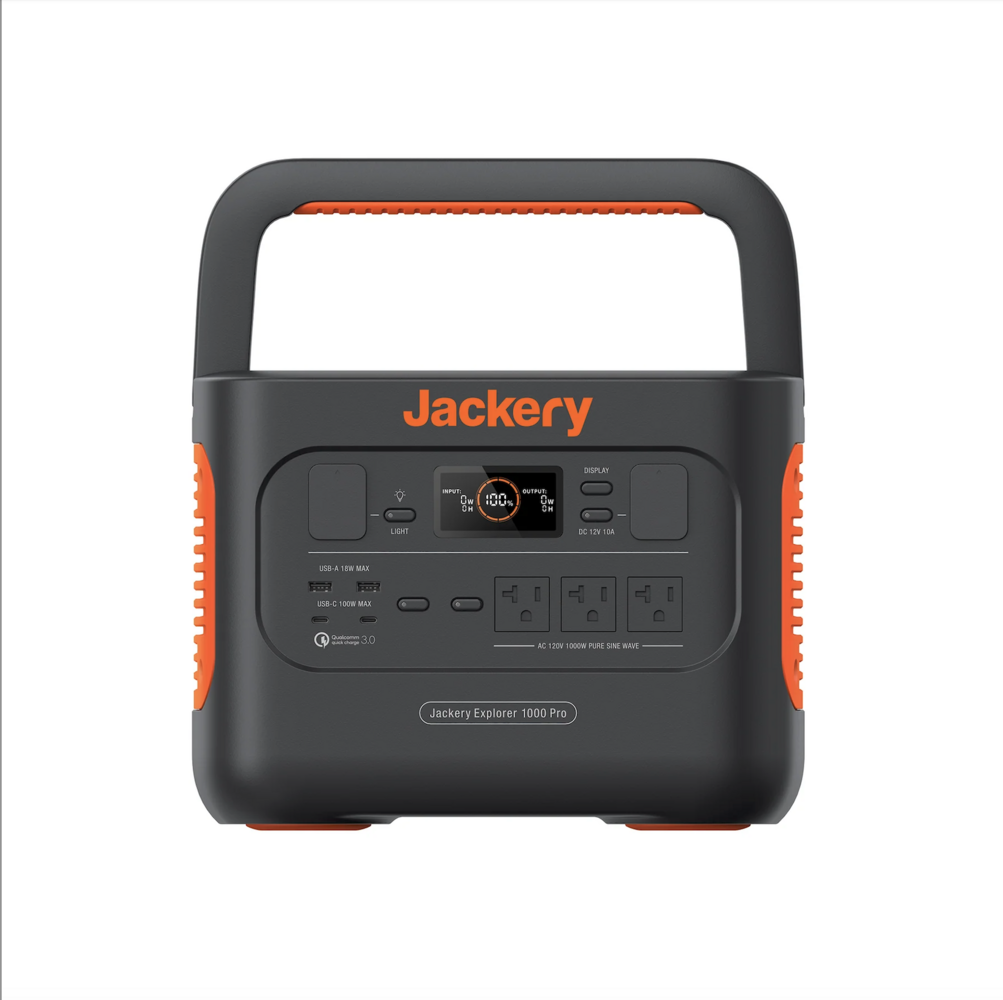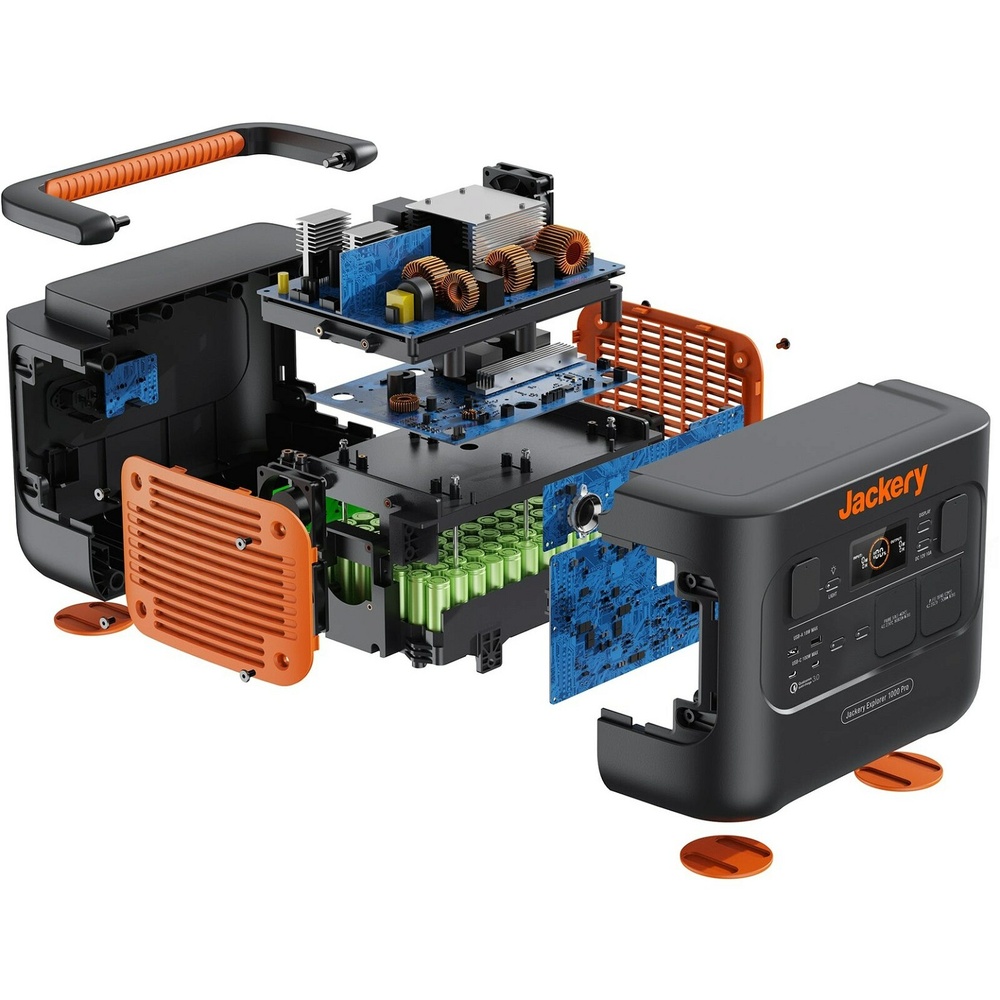[ad_1]
In recent years, energy has become a very hot topic. With the cost of solar energy at its lowest point ever, it only makes sense to look at products such as the Jackery 1000 Pro. Be it power outages at home or on-location shoots, having a solar power generator is a necessity in the modern digital workspace.
I myself own a Jackery 1000, albeit not the Pro version, and I can’t recommend this product enough to people. It covers my on-location electric requirements. For example, it enables me to use my mains-powered flash equipment on location, as well as power the tethering station. At home, it has been irreplaceable during times of electrical outages. Let’s dive deeper into this product and see why a creative who wants to keep up with modern requirements should add a power generator to their kit.

Importance of Solar Generators
Power outages are a very common thing these days. While we take electricity mostly for granted, when it disappears, it causes major disruptions. Just think back to the time Texas went off-grid for days and the havoc it caused. If there is a deadline that you need to hit, losing power can mean stalling the entire project and failing to release the product on time. A very good example of this from my personal world would be the dozens of missed deadlines due to retouching delays. Being based out of the capital of Ukraine, my retoucher could not complete the work on time due to power outages caused by Russian strikes on critical infrastructure. Hence, sales of solar generators such as the Jackery 1000 Pro have spiked to avoid disruptions. When working, I connect my tethering station to the Jackery just for safety reasons, as a power disruption can cause files to corrupt, which can lead to massive delays on very important projects.
Another important use of solar generators can be outdoors. For all of us who go on-location to create stills and videos, there is never enough power. I have missed out on incredible shots just because the battery ran out on my equipment. After adding a solar generator to the setup, I was able to power my tethering station, charge electric devices, and create a better image as a result, so much so that even my beauty team used the Jackery 1000 to power things such as hairdryers, hair curlers, and irons.
Why the Jackery 1000 Pro?
Jackery has a wide lineup of products, and picking the one right for you can be quite a challenge. Let me explain why the 1,000 W option is best for most content creators and enthusiasts. Being one of the most popular Jackery products, the Jackery 1000 Pro combines portability with excellent power delivery. This green portable power station offers 1,000 watts of power and 1,002 Wh of battery capacity. It is an ideal option for people who enjoy the great outdoors, such as RVing, tailgating, camping, and so on. It is also a good balance between reliability and portability when it comes to home backup power for small appliances, power tools, and essential medical equipment.
I don’t own a Jackery 1000 Pro; instead, I own the Jackery 1000. I wish it was the Pro version, though, as it offers many necessary upgrades over the basic product. While still a capable power generator, it lags behind when it comes to efficient charging and a more efficient inverter.
The Jackery 1000 Pro is equipped with a variety of ports, which will allow you to charge from both direct current and alternating current. For direct current ports, it has two USB-A ports, two USB-C ports, and one carport. For alternating current, it offers three 1,000 W ports. What I like a lot about the Jackery 1000 Pro is that it offers 100 W USB-C ports, which makes laptop charging much more efficient and fast. For example, I can now simply plug in my USB-C cable straight into the Jackery, eliminating the need to consume more power by using a dedicated charger working from alternating current ports.
As for recharge times, the Jackery 1000 Pro improves significantly over the original Jackery 1000. It can recharge from 0 to 100% in 1.8 hours from the AC adapter. The same applies if you use four 200 W SolarSaga panels. If you are short on space, you can opt to use a smaller but slower SolarSaga 80 W panel. Two of those will recharge the Jackery 1000 Pro in 9 hours. The slowest option, the 12 V car adapter, will take 12 hours to recharge.
Let’s talk about build quality. Because this product is designed with the outdoors in mind, it has a sturdy build. For example, I can stand on my Jackery 1000 and not worry about it breaking. It is built from very thick, highly durable plastic, so it can take quite a beating. I took my own unit on a bunch of on-location work, had it rattle in vans, and take the classic use and abuse package. As for the solar panels, I was not a big fan of the older ones. However, the newly released SolarSaga 80/200 W panels feature a much more robust design and upgraded build quality, which makes them an excellent choice alongside the Explorer 1000 Pro.
Weighing in at only 11.5 kg (25.4 lbs), it is still quite easy to hand-carry and transport, especially if you are bringing along equipment that will be powered by this unit. The dimensions are 34 x 26.2 x 25.5 cm or 13.39 x 10.32 x 10.06 in, which means that it can easily fit on the tether trolley and won’t take up too much space. It would be comparable in size and weight to a Profoto Pro-11 generator.
What I Liked
[ad_2]
Original Source Link